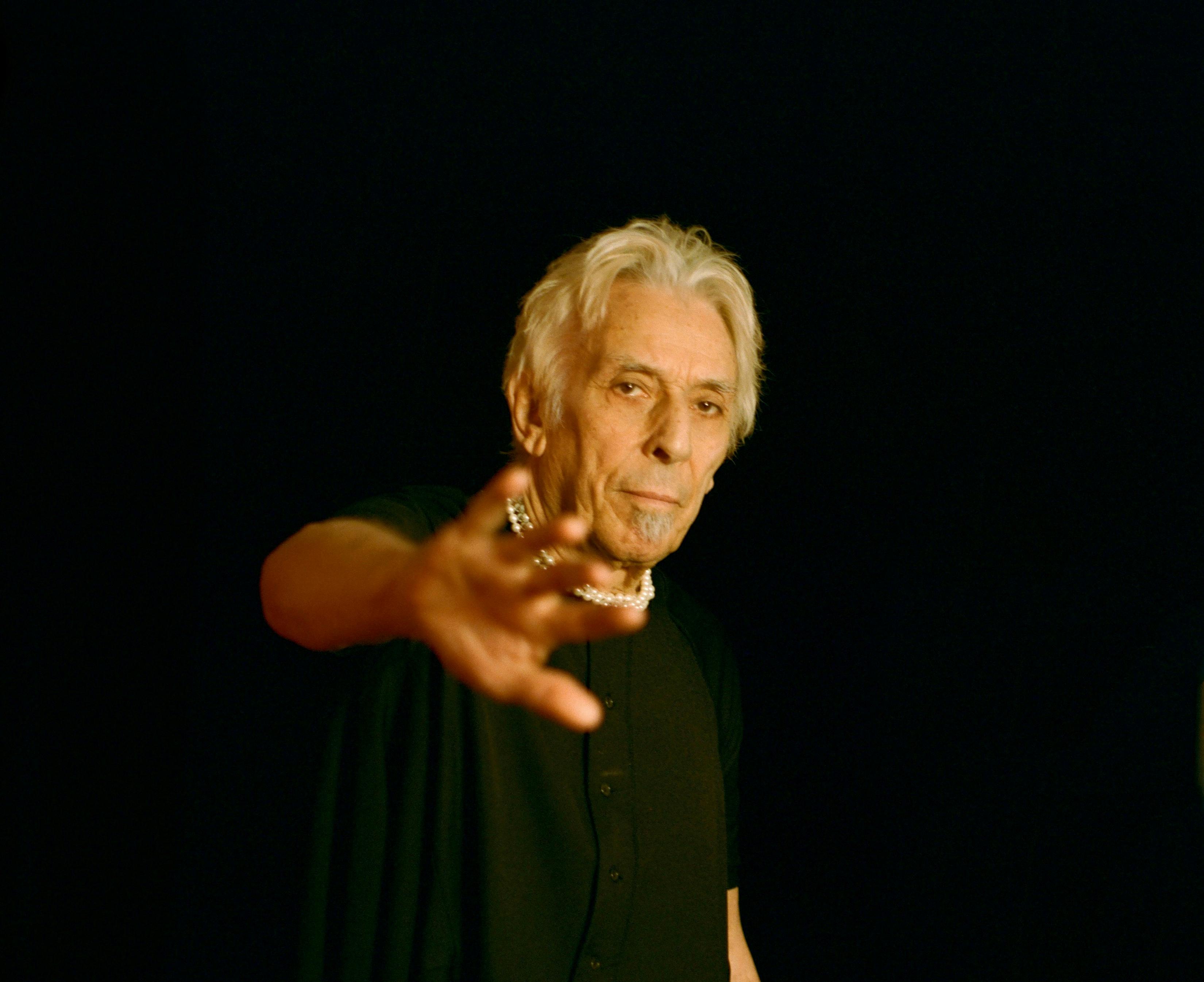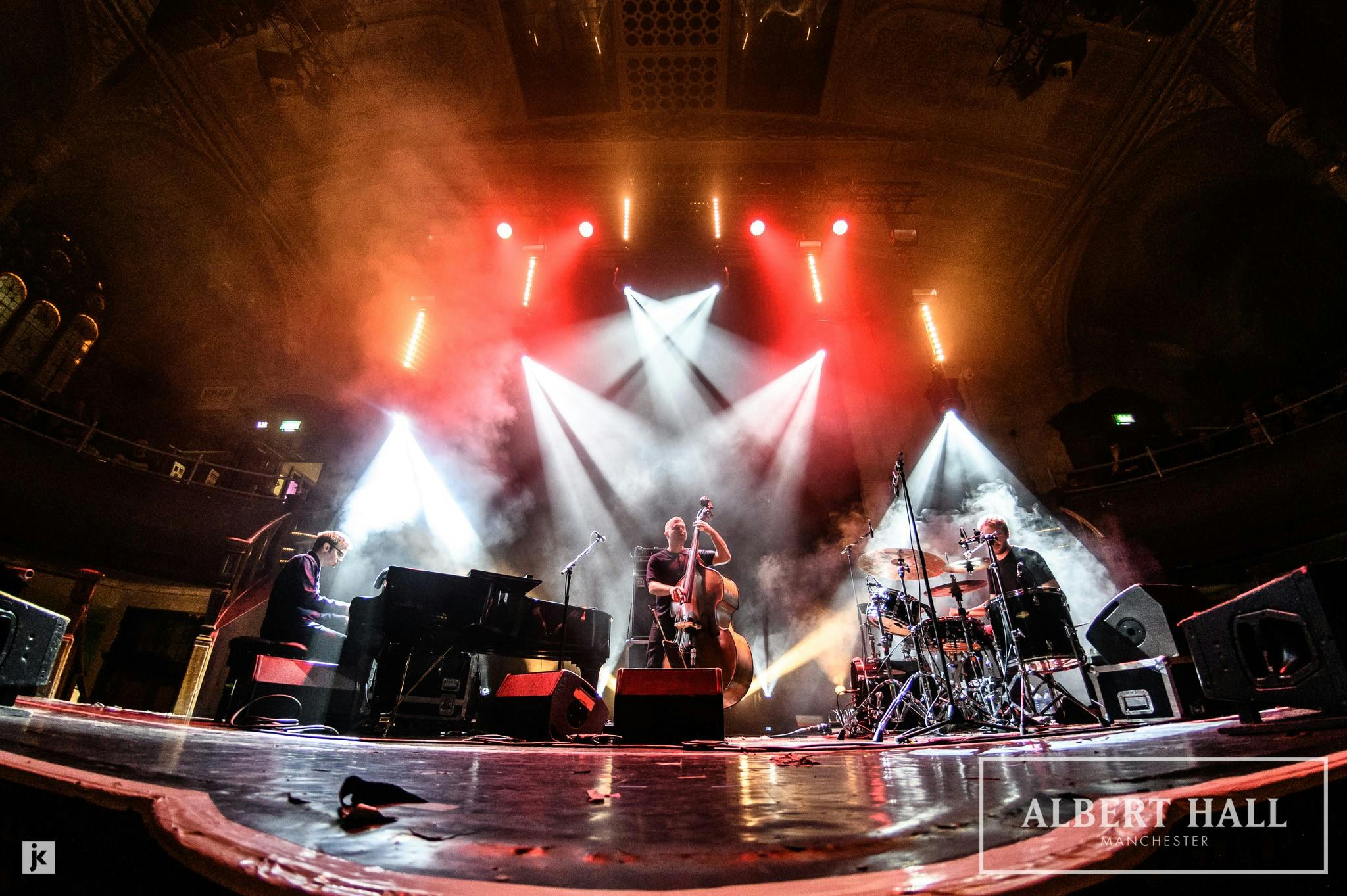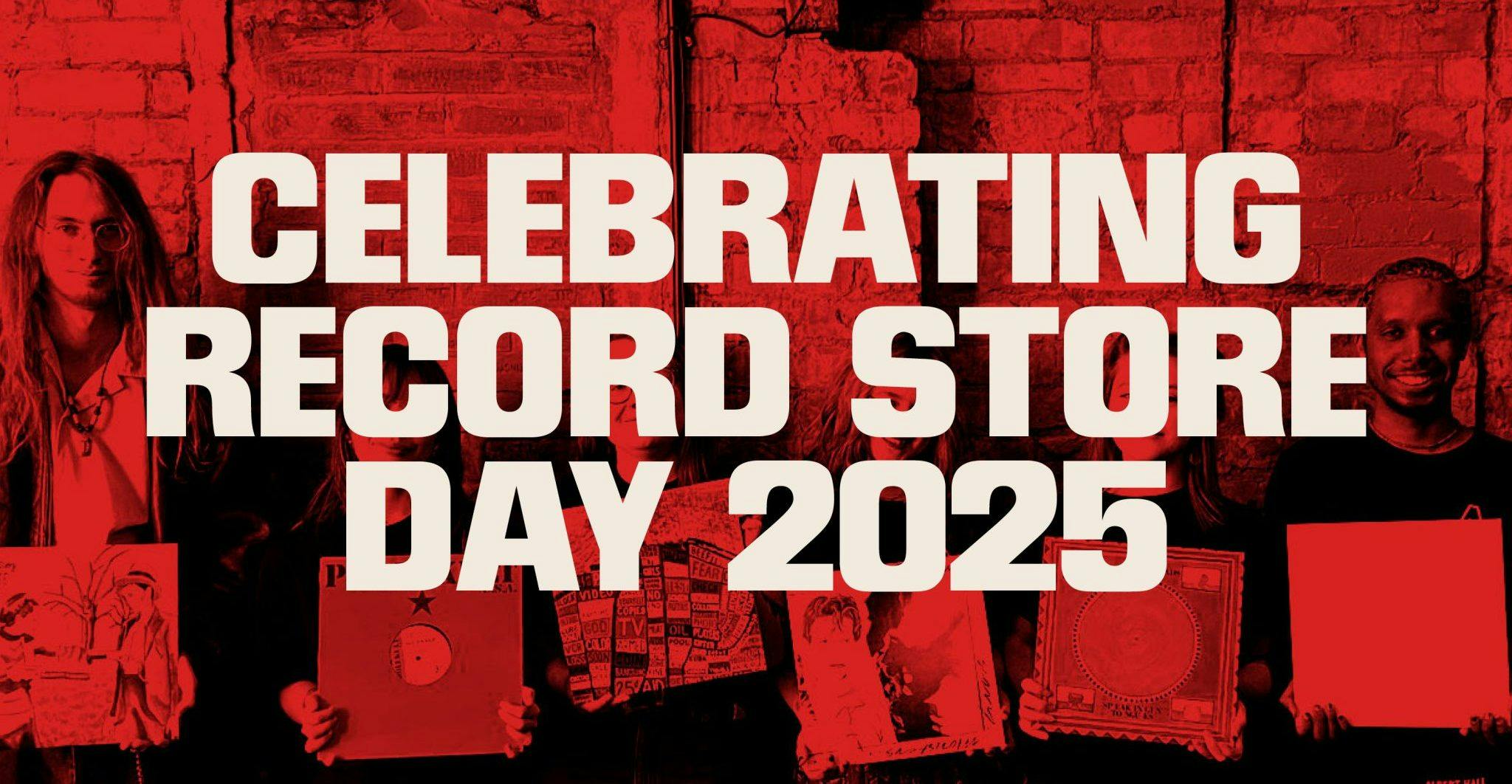
Words by Fergal Kinney
John Cale has never been about taking the easy route. At 81, when most musicians are – rightly – spending the Autumn of their performing years taking well-earned victory laps, the Welsh experimental titan is doing what he has spent the last half a century doing, and subverting expectations. On Thursday 24th August, John Cale plays Albert Hall for a rare appearance as part of an extended 2023 tour that has taken in venues as prestigious as the Acropolis in Athens and London’s Palladium.
Cale’s history in Manchester is long; in 1977, on a tour famous for the singer’s unexpected decapitation of a chicken live on-stage, Cale performed at Manchester’s Free Trade Hall. Nearly a decade later in 1986, when Factory Records hosted their Festival of the Tenth Summer at G-Mex, John Cale was the sole non-Manchester artist on the lineup, acknowledging the debt that successive generations of Manchester musicians owed to Cale’s many sonic revolutions.
Ahead of John Cale’s first performance in the city for fifteen years, here are ten entry points into one of leftfield music’s most ambitious and influential back catalogues.
(1963) Live on CBS’s I’ve Got A Secret
Introduced as “Mr. X from Wales”, this unlikely 1963 gameshow appearance predated Cale’s involvement in the Velvet Underground and would be the beginning of a public-facing career in the avant-garde still extending to this day.
(1968) The Gift
The VU’s second album, 1968’s White Light/White Heat, is the one that most closely bears the imprint of Cale. Too closely, it seemed, for Lou Reed – Cale was gone shortly afterwards. The Gift is a Lou Reed short story about Waldo who mails himself to his distant lover Marsha with disastrous results, repeated in Welsh Valleys deadpan by Cale of white-hot noise and feedback.
(1968) Frozen Warnings
The Factory crowd around Warhol could be fickle and discarded people like Nico as quickly as they encountered them. Cale never did, an ally of the German vocalist until her death and producing/arranging her finest albums, the one-two punch of The Marble Index and Desertshore. In interviews from the time, Nico talked about the free jazz of Ornette Coleman (with whom she spent time) and the minimalism of Terry Riley – there was arguably nobody more qualified than John Cale to help her realise this vision.
(1973) Paris 1919
After the Velvet Underground, Cale became a jobbing A&R man and producer, committing to tape debut records by Patti Smith, The Stooges, and The Modern Lovers. Nothing much. After 1970’s solo debut Vintage Violence, Paris 1919 was a great leap forward. Paris 1919 is a deceptively pretty album that makes an ink-black point about European decline and an arrogant continent that has barely recovered from the worst horrors of the 20th century. From the Champs-Elysses to rural Wales via Andalucia and the English Establishment, John Cale takes us on a tour of sleepwalking, a finished European ideal. Not just Cale’s best album, but one of the best albums of the 20th century.
(1974) Fear Is A Man’s Best Friend
1974’s Fear album is Cale’s most British record; an album of straight-up fizzing art rock recorded at the epicentre of the scene around Island Records at the time. There’s Eno, there’s Richard Thompson, there’s Roxy Music’s Phil Manzanera. When people like Cate Le Bon talk about Cale as an influence, it’s frequently this particular Cale that they’re returning to. The title track, Fear Is A Man’s Best Friend, is another song about waiting for the man; a piano-led hymn to getting the bag in.
(1975) Heartbreak Hotel
One of the few pieces of music that has remained a constant throughout Cale’s career is this reimagining of Heartbreak Hotel. In the 1970s, Cale took the Elvis standard and invented a throbbing art-rock noir that seemed to invent Nick Cave & The Bad Seeds. In the 90s, it became a mournful, circular piano brood. In the 2020s, it appears to stretch out to nearly ten minutes in some of Cale’s most cosmic and expansive music yet. What will it be this time?
(1985) Dying on Vine
“I’ve been chasing ghosts, and I don’t like it.” In the mid-1980s, a new John Cale emerged. Suddenly, he had embraced sobriety, tangerines, and tennis. Dying On The Vine, from 1985’s under-regarded Artificial Intelligence album, is unusually candid and autobiographical about Cale’s alcohol and substance history.
(1990) Spinning Away
John Cale and Brian Eno’s 1990 collaboration Wrong Way Up had a fraught recording, the pair reuniting for the first time since Eno appeared as an “ideas consultancy” on 1974’s Fear. The tetchy 1990 recording sessions – allegedly – culminated in an angry Eno threatening Cale with a chopstick. “Imagine, being frightened by Brian Eno!… The whole idea is ridiculous,” Cale said later. In his autobiography, he said Eno had rattled him. “What if it had been a knife? On his private property, I was an interloper.” No matter – the resulting album is a peach and tracks like Spinning Away or Lay My Love (aired recently on The Bear’s second season soundtrack) are easy jewels in either men’s back catalogues.
(1992) Fragments of a Rainy Season
The early 1990s was a period of consolidation and quieter music for Cale; Songs for Drella saw him reuniting with Lou Reed to record a song suite in tribute to their former mentor Andy Warhol. The real gem of that era, though, is 1992’s Fragments Of A Rainy Season. A live album collecting the piano-only arrangements of Cale’s 70s peak period songs, the recording is a masterpiece.
(2023) Story of Blood (with Weyes Blood)
On release in January, Cale’s new album MERCY was rightly hailed as his strongest in some time, a work as sonically dense and hallucinogenic as the darkest corners on The Marble Index. Across the album, Cale collaborates with Laurel Halo, Actress, Animal Collective, but it’s this pairing with Weyes Blood – an artist herself heavily influenced by Cale’s stately early 70s baroque period – that really soars.



